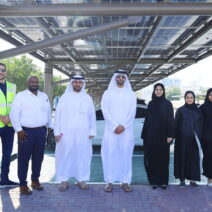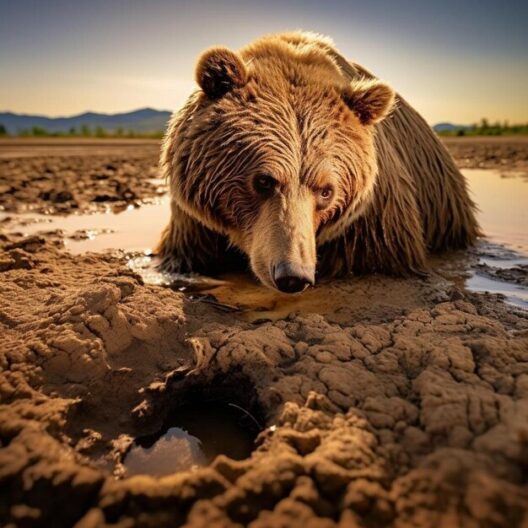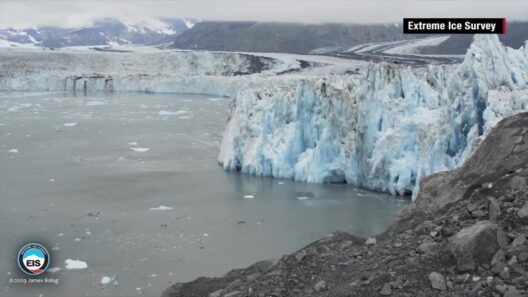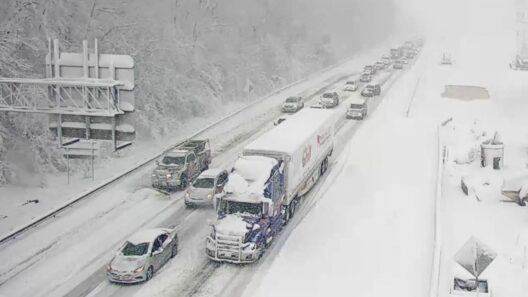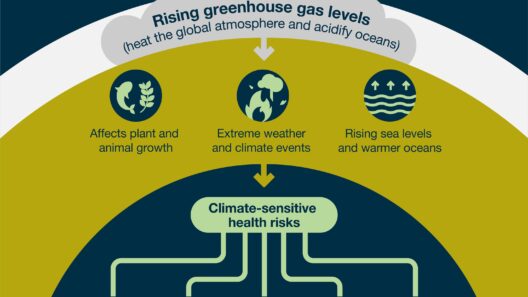The phenomenon of climate migration is emerging as one of the most pressing issues of our time, yet it often remains shrouded in misunderstanding. As environmental conditions grow increasingly volatile, millions are grappling with displacement—driven not by conflict but by the dire effects of climate change. What are climate migrants, and why are their numbers spiraling upward? This exploration delves into these questions, urging a nuanced understanding of this complex issue.
At its core, a climate migrant—often referred to as an “environmental refugee”—is an individual who is forced to leave their habitual dwelling due to sudden or gradual changes in their local environment that compromise their living conditions. These transformations include, but are not limited to, sea-level rise, extreme weather events, prolonged droughts, and habitat degradation. As physical conditions deteriorate, the ability of communities to sustain livelihoods and secure basic necessities (such as clean water and food) diminishes, leading to migration as a practical, albeit agonizing, solution.
The escalating urgency of climate migration can be attributed to a confluence of factors. Firstly, the relentless pace of global temperature increases—exceeding 1.2°C since the pre-industrial era—is triggering dislocations that were once considered inconceivable. Environmental stressors are beginning to exceed the adaptive capacity of numerous regions, unleashing a cascade of human mobility. Areas traditionally viewed as stable are becoming uninhabitable, forming a critical terrain for both voluntary and forced migration.
Among the alarming statistics, the United Nations predicts that by 2050, over 200 million people might migrate within their own countries due to climate-related challenges. Regions particularly prone to such displacement include low-lying coastal zones, arid landscapes, and zones frequently ravaged by hurricanes or floods. In these areas, the dichotomy of hope and despair plays out as communities contend with apprehension about their future.
To comprehend the rising tide of climate migrants, one must recognize the embodiment of vulnerability found in marginalized populations. Those least equipped to adapt—often residing in impoverished areas with limited resources—face the harshest consequences of climate change. They lack the financial means to adapt infrastructure or relocate, rendering them particularly susceptible to environmental shocks. Consequently, the burden of climate migration disproportionately affects the world’s most vulnerable, exacerbating existing social and economic inequalities.
Moreover, migration is not merely a response to immediate threats; it often unfolds as a coping mechanism rooted in a broader narrative of resilience. For many, migration is a multifaceted process that encompasses both the preservation of life and the pursuit of opportunity. However, this strife for survival is far from linear. The pathways taken by climate migrants can lead to a range of outcomes, from successful resettlement in urban centers to a cycle of internal displacement and further exacerbation of poverty.
The complex interplay between climate systems and human movement is also accompanied by a myriad of geopolitical concerns. Climate-induced migration challenges existing policies and raises pressing questions regarding national sovereignty, border security, and international protection. In many regions, the legal frameworks surrounding refugees—rooted primarily in the context of conflict—fall short of addressing the needs of climate migrants. This regulatory gap poses significant challenges for both migrants seeking refuge and policymakers striving to address this burgeoning crisis effectively.
If one aims to reframe the conversation surrounding climate migrants, it becomes imperative to understand the holistic nature of their journey as part of a broader narrative about humanity’s resilience in the face of existential threats. Each climate migrant carries with them unique stories—threads of culture, tradition, and aspiration. As they venture forth into uncertain futures, it becomes crucial to foster compassion and solidarity, urging societies to recognize shared responsibilities in addressing the ramifications of climatic upheavals.
As awareness heightens, there is a burgeoning call for innovation in tackling the root causes of climate displacement. This includes advocating for sustainable development practices, implementing robust environmental policies, and investing in adaptation strategies that strengthen the resilience of vulnerable communities. By doing so, societies can better equip themselves to address both the causes of climate change and its subsequent impact on human mobility.
Yet, effective responses require collaboration across all levels—local, national, and global. International dialogue plays a critical role in crafting policies that are both inclusive and equitable. Nations must recognize that climate migration is an interconnected issue that transcends borders, necessitating cooperative frameworks to share responsibility and resources.
In conclusion, the increasing numbers of climate migrants are a poignant reflection of humanity’s struggle against the visceral forces of climate change. An embrace of these individuals as not just statistics but as people—each with their stories and struggles—invites a shift in perspective. Recognizing the complexities of climate migration calls for action, awareness, and empathy. It compels us to redefine our understanding of displacement and to consider transformative approaches that not only address immediate needs but also confront the climate crisis at its roots. The time for collective action is not just upon us; it is imperative for a sustainable future.
